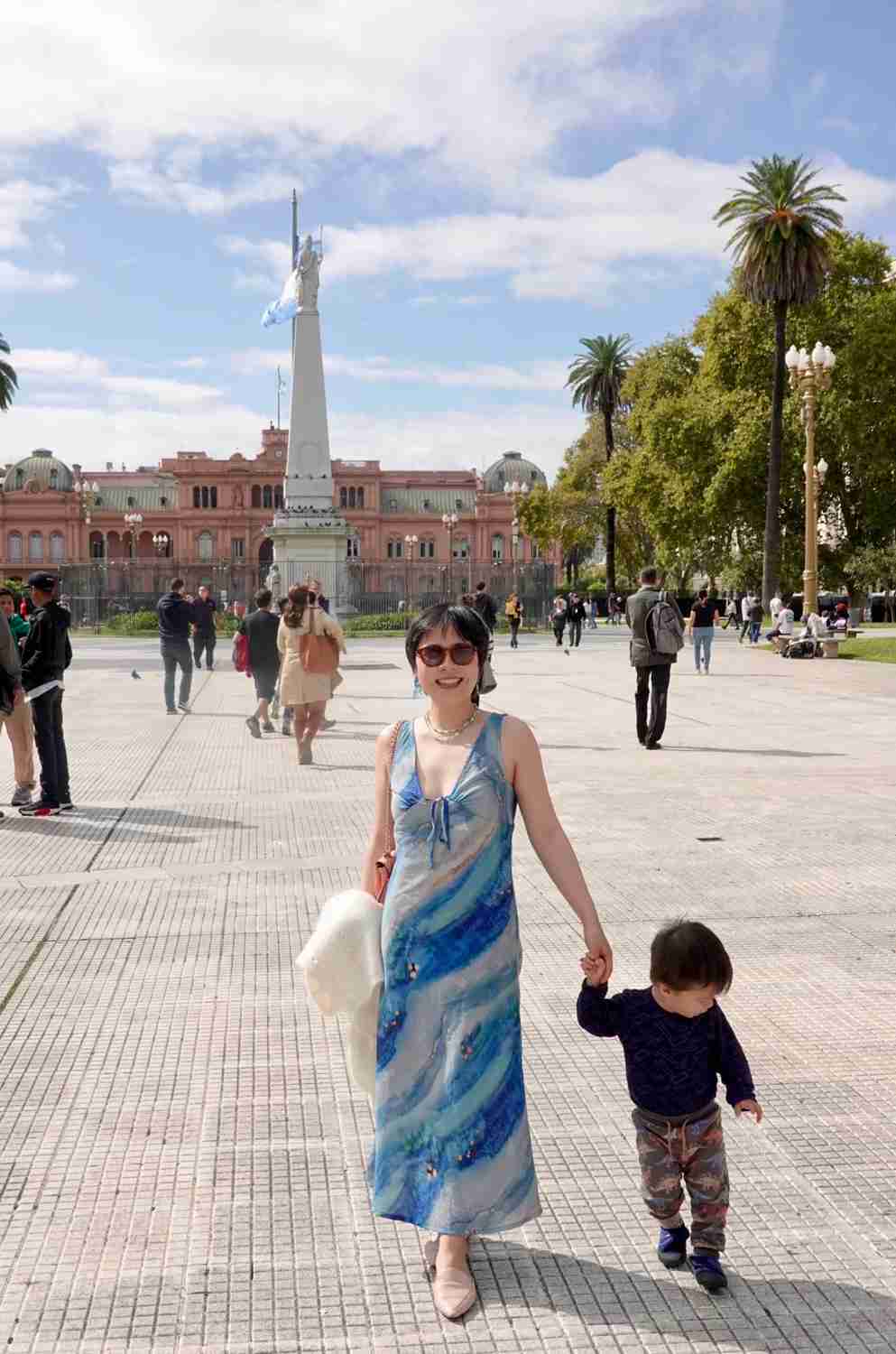Argentina 🇦🇷 Travel Survival Guide: Essential Tips for a Stress-Free Trip (2023 Update)
The first time I took my son to accompany my husband on a one-month visit to Buenos Aires, Argentina 🇦🇷, I wrote down some helpful tips for traveling there independently. The most important thing to mention first is, don’t look at your phone while walking! One reason is the risk of pickpockets, and the other is the abundance of dog poop on the streets.

Currency and Cash 💰
Argentina 🇦🇷 has two exchange rates: an official one and an unofficial (black market, also known as the blue dollar). Currently, the official rate is about 20% worse than the black market rate, so the best approach is to bring US dollars and exchange them with locals. However, for unfamiliar tourists, there’s a risk because the people who offer to exchange money on the street might give you counterfeit bills.
A few years ago, a new concept called the MEP exchange rate was introduced, specifically for tourists. If you use a Visa credit card issued abroad to make purchases in the local currency, it will go through the MEP rate, which is about 5% worse than the blue dollar rate. It’s not as good, but it’s more convenient.
Many restaurants offer discounts for cash payments, so you can ask when paying.
SIM Card ☎️
You can buy eSIMs directly from apps like Airolo or Nomad for around 20 euros for 5GB. Alternatively, you can buy a SIM card from a local convenience store kiosk for about 1 USD, then top up the number to get a prepaid plan, which costs around 5 USD for 10GB. This is a bit more complicated as you need to navigate a Spanish interface, so it depends on your preference.
Transportation 🚇
The Sube card is the most convenient, allowing you to tap and ride on buses and subways, and it can be used for multiple people. For how to purchase, you can search for “Argentina Sube” on xhs, and I won’t go into details here. You can also use Apple Pay with a credit card to enter the subway.
Accommodation 🏨
You can stay in areas like Palermo, Recoleta, or Puerto Madero. Personally, I prefer the Palermo area, which has many trendy cafes, restaurants, bars, and boutiques, and it’s great for shopping. Public transportation is extensive, making it easy to get around for sightseeing. Recoleta is a traditional, upscale area with good green spaces, but it’s not as convenient for transportation as Palermo.
Puerto Madero is the most modern, safest, and cleanest area, but I find its location a bit out of the way, and it can be very windy by the port, sometimes even blowing me away in the summer, and it’s really cold by the river in the winter.
For food delivery 🥢, use the PedidosYa app, and for rides 🚖, use Uber or Cabify.
Given the multitude of details to keep in mind, I jotted down notes while my husband was taking care of things, ensuring we wouldn’t miss a beat. I highly recommend saving this for future reference! If you have any additional questions, feel free to drop a comment, and I’ll include them in the next update [cute emoji].
Many of the highly recommended restaurants on Xiaohongshu are often tourist traps that locals can’t afford. But if you’re eager to experience affordable and authentic local cuisine, stay tuned—I’ll be writing a separate guide just for that 📝.

